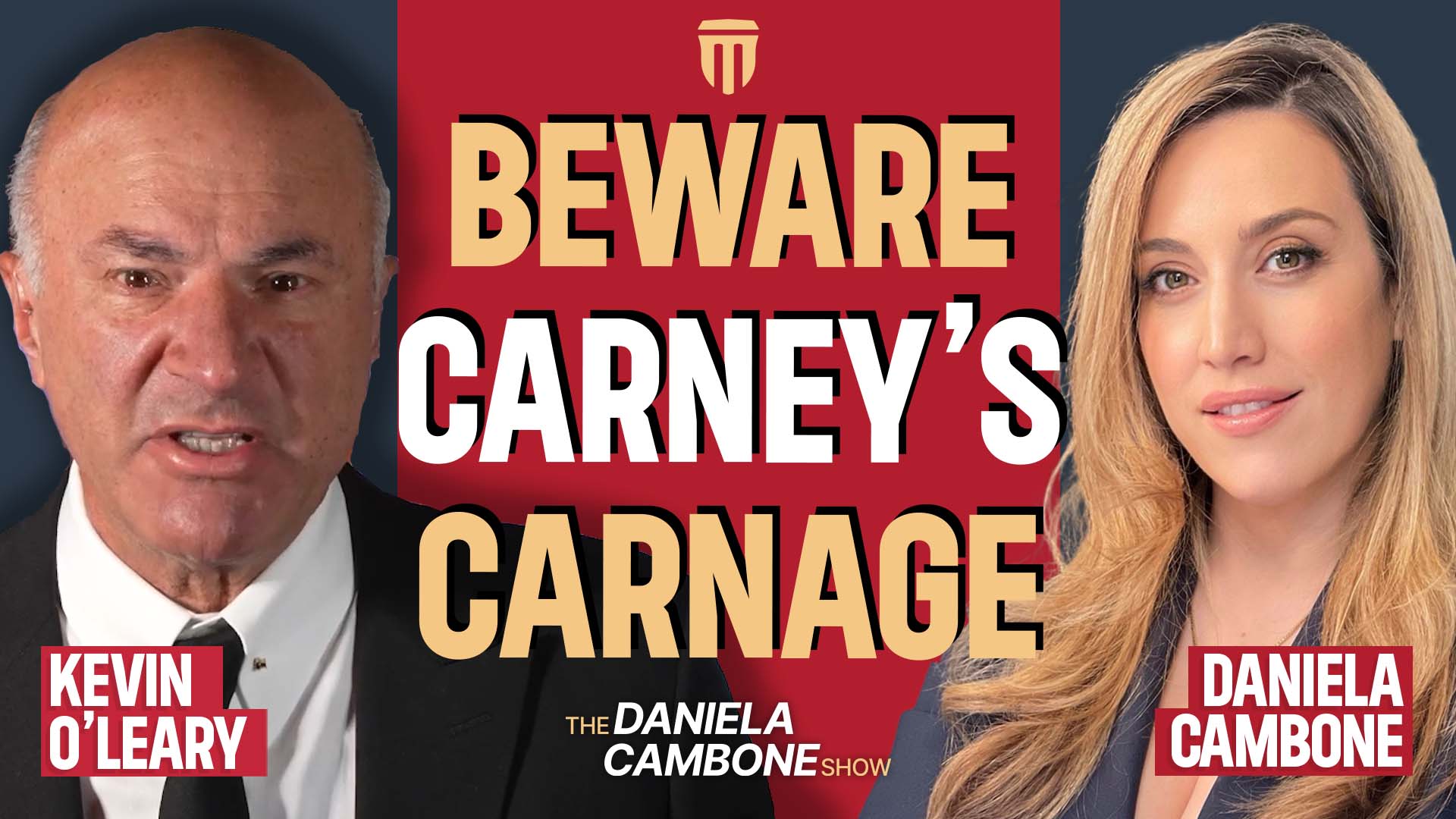London Gold Market History

When the Founding Fathers of the United States signed the Declaration of Independence in 1776, they had very strong ideas about what America could and would be. Fiscally, they would decide on a monetary system of gold and silver, not paper. They had seen that printed currency put the power in the hands of the King, but that gold coins gave independence and power to the people. Because England is so much older than the US is, they have a much more proven history with gold in general and trading gold in particular. In fact, when the Founding Fathers signed the Declaration of Independence in 1776, the London gold market had already been officially trading gold bullion for more than a century, and gold had been in use as a currency for thousands of years.

Following is a short historical breakdown of the evolution of the London gold market and some of the historical figures and happenings surrounding the London gold market history. The timeline of events was established by the London Bullion Market Association and reported by Bloomberg.
1600’s & 1700’s
1676
Moses Mocatta, a gold trader doing business in Amsterdam, begins trading gold with East India Company in a partnership to send gold to India. Mocatta establishes a firm in London to facilitate the business. Today the firm has evolved into ScotiaMocatta and is an affiliate of the Bank of Nova Scotia.
1717
Sir Isaac Newton, the same Issac Newton that is accredited with “discovering†gravity by being hit on the head with an apple, sets the official price of gold at 4.75 pounds per ounce. Furthermore, this price would stand for 200 years.
Isaac Newton would serve as Master and then Warden of the Royal Mint, respectively. He would serve some thirty plus years until he died at the age of 84.
1732
The Bank of England opens the first gold bullion vault in London due to demand. It is estimated that at this time about 2/3 of the world’s gold production was passing through the London gold market.
1800’s
1817
The Royal Mint replaces the current gold coin in circulation, the “guinea†with the gold sovereign. The sovereign was about one-quarter of an ounce of gold.
1871
Today banking institutions, governments, and bullion houses trade gold bars that weigh 400 ounces. In today’s prices, (11/16), each of these bars is worth about $500,000.

ITM Trading Online Store Buy Gold Bars  From 1 Gram to 1 Kilo
In 1871, the Bank of England began using 400-ounce gold bars. Previously the gold bars had been produced to weigh 200 ounces. However, increased gold demand made the doubling of the gold bar size convenient.
1897
The London Gold Market diversifies into silver. Several merchants and firms doing business in gold bullion held a conference. They agreed to begin fixing the price of silver on a daily basis.
Sharps & Wilkins, Samuel Montague & Company, Mocatta & Goldsmid and Pixley & Abel worked together to create a process to set silver prices which would allow jewelers, brokers, and miners to set prices and trade. Hence, the pricing process they built would stay mostly unchanged for more than 100 years.
The 1900’s
1919
Gold price fixing begins. As a result, daily meetings are held in the wood-paneled offices of N.M. Rothschild & Sons Ltd. Participants used small Union Jack flags to signal when they needed to make trading changes. This process would remain in place until 2004 when the daily London gold market meeting was replaced by a conference call.

Note The Small Union Jack Flags On Each Desk.
1934
The United States had fixed gold prices at $35 an ounce and was placing large orders at that standing price. Therefore, the list of gold products that met the requirements and were allowed to be traded on the exchange was increased.
Now, gold products from the refineries and mints of eight countries were included in the daily gold trading that happened in the London gold market. The decision makers at the London gold market simply decided that gold supply had to increase to meet gold demand.
1982
The London Metals Exchange opens to speculators and domestic investors.
1985
The London Metals Exchange closes due to lack of interest on behalf of speculators and domestic investors.
1987
The London Bullion Market Association is created by the Bank of England to act as a regulatory body overseeing and representing the London gold market and the London silver market.

London Gold Market 2000 To Present
2015 – 2016
Deutsche Bank AG pulls back from trading commodities and withdraws from the conference call system used to set daily silver prices. Silver prices begin to be set through an electronic auction. Electronic auctions soon replaced price fixing in the gold, platinum, and palladium markets as well.
Regulators found that traders had manipulated the LIBOR (London Inter Bank Offer Rate) rate. Scrutiny intensifies as to how benchmarks are set.
According to the LME, a consortium of banks, and the World Gold Council, they will introduce “Centrally cleared gold and silver futures†in the first half of 2017.
In addition, the London Bullion Market Association announced it has retained a new technology firm to oversee and develop trade reporting services to increase transparency in the over-the-counter market.
Conclusion.
Gold has been money for thousands of years. Until rather recently, gold has even been gold. Now most gold is sold and traded in the form of contracts and futures. Very little of the gold sold or traded even exists. Investment products such as ETF’s (Electronically Traded Funds) have been developed in order to track and mimic the price movements of gold.
Owning electronic gold and un-mined gold is not the same as owning physical gold bullion products and certified rare American gold coins. Call an ITM Trading representative today and begin the discussion about owning physical gold coins and bars.














